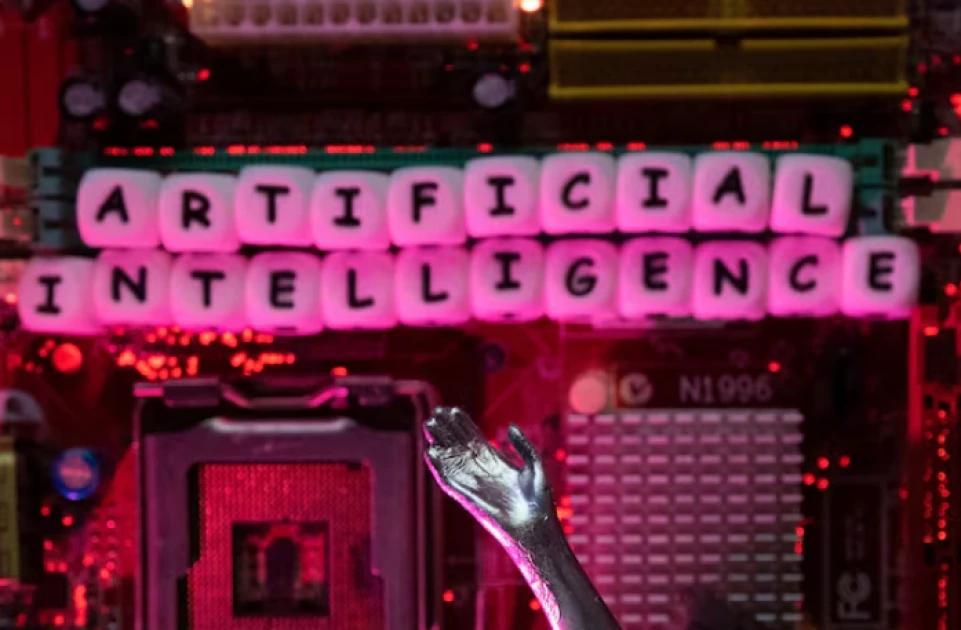Wananchi Opinion: Deepfakes, the thin line between seeing and believing

AI (Artificial Intelligence) letters and robot hand are placed on computer motherboard in this illustration taken, June 23, 2023. REUTERS/Dado Ruvic/Illustration
“I’ll believe it when I see it…" is about to be rendered obsolete thanks to recent technological innovations enabled by artificial intelligence (AI).
The difference between real and artificial is thinning, fast. For those that are not tech savvy, this is their greatest worry. The only consolation comes from the fact that they don't know, and probably don't care.
Truth is that they should worry, even develop grey hair trying to place this latest disruptor; the AI.
AI is growing in influence and ability.
The AI advent, its potential benefits and risks are a nightmare even in the most rural areas of Africa, locations yet to shake hands with the 5G internet.
Many learned middle class are concerned whether their grandmothers in the village, and many have good phones today, are aware that what they could be consuming in the phones, while chewing potatoes, could be fake, a creation of this animal called AI – and which has the potential of misleading an entire village.
Deepfakes are synthetic media created using AI algorithms. Anyone with access to the Internet – with just a few minutes of effort and minimal skill – can create videos.
These tools are not only available to governments and private companies – but more recently to the public; even to any Tom, Dick and Onyango.
Not long ago, just around the inauguration of U.S president Donald Trump, a deep fake video broke the internet.
The video claimed that former Kenyan Deputy President Rigathi Gachagua had attended Trump's inauguration.
However, this was flagged across the internet as false information, confirming that Gachagua did not attend the inauguration, and that the video was a fabrication.
AFP Fact Check conducted reverse image searches on screen grabs from the TikTok clip to try and dig out the original footage.
They found that the altered video was based on a broadcast of The Ingraham Angle show aired by Fox News on January 17, 2025, hosted by Laura Ingraham.
While it is essential to verify such information before believing or sharing it, a single share can cause damage across the masses on the internet.
The other recent case had Kenya's Foreign Affairs Principal Secretary Korir Sing'Oei scratching his head – and had to apologise after posting a deepfake video that was deceptively labeled as a CNN report.
The drama was served on Korir Sing’oei’s official X account.
The video was intended to support Kenya’s credibility amid criticism over its hosting of Sudan’s Rapid Support Forces (RSF) for peace talks, a move that had drawn scrutiny from Sudan’s government and others questioning Kenya’s neutrality.
There is no gainsaying the fact that we live in the times of deepfake – and so the focus should be on how to mitigate.
Let’s start by building awareness and digital literacy, establish verification protocols, leverage AI detection tools; like use AI to fight AI.
Strengthen platform policies, encourage public vigilance and reporting, limit personal data exposure, proper legislation and regulation and most importantly foster AI research and innovation
Isaac Oketch is a digital media enthusiast and content producer
Want to send us a story? SMS to 25170 or WhatsApp 0743570000 or Submit on Citizen Digital or email wananchi@royalmedia.co.ke
Comments
No comments yet.


Leave a Comment